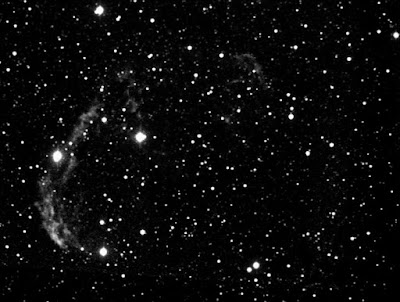
Here is a new Crescent! This is the prior image but added to it is nearly 27 minutes of additional 5.7-second exposures taken through a 13nm H-alpha filter. Like the earlier image, this additional data was gathered through the Vixen R135S at f/4.8 with the DSI Pro, unguided on an LXD75 mount. The H-alpha data was stacked in Registax and then combined with the older image in DeepSkyStacker. Further processing was done in Registax. The natural next step would be to combine these in color, but I have not figured out how to do that yet, especially for these images which would not process in Envisage. In the meantime, I am delighted to see more of the nebula!

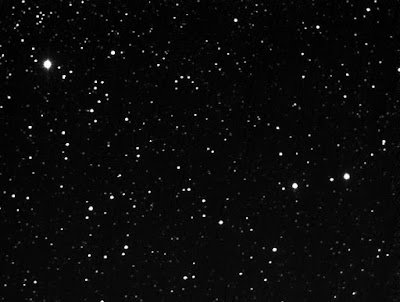
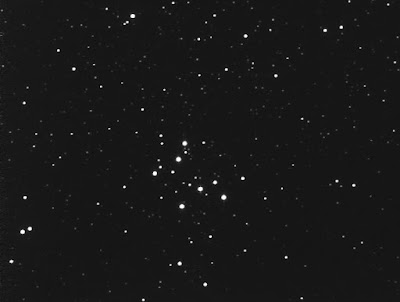
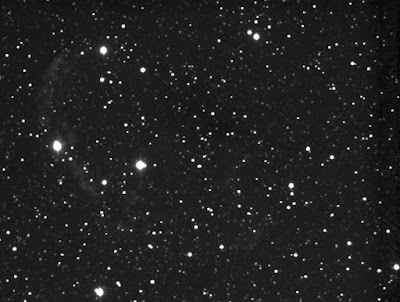
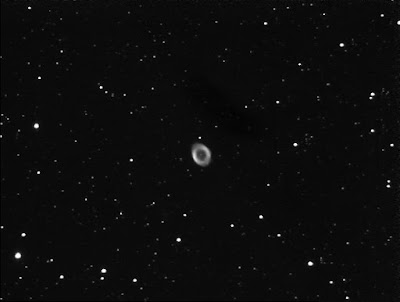.bmp)
Fixed.bmp)


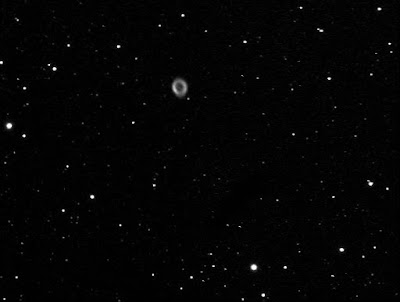.bmp)

.bmp)